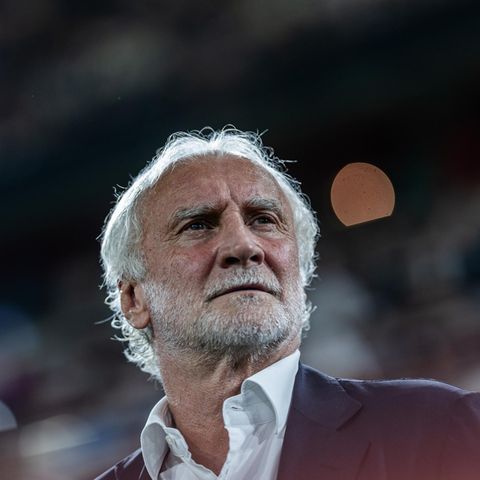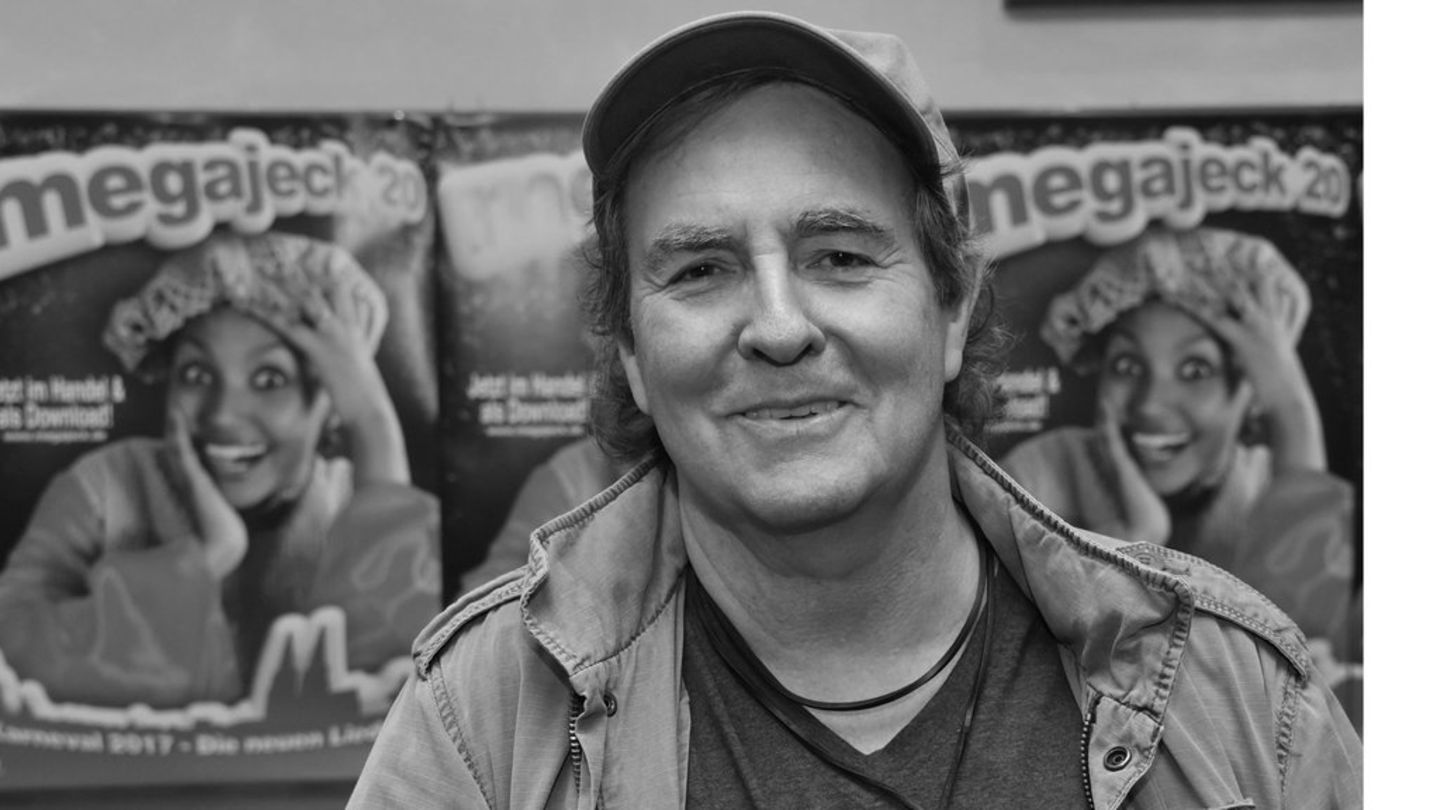I am an author and journalist who has worked in the entertainment industry for over a decade. I currently work as a news editor at a major news website, and my focus is on covering the latest trends in entertainment. I also write occasional pieces for other outlets, and have authored two books about the entertainment industry.
Menu
TV history: The “Lindenstrasse” ended five years ago
Categories
Most Read
Crown Prince Christian turns 20: Royal family releases new photos
October 15, 2025
No Comments
Which dog is best for me? This test reveals it
October 15, 2025
No Comments
This is why Jennifer Aniston never wanted to adopt a child
October 15, 2025
No Comments
Collien Monica Fernandes: She is taking some time off after “minor surgery”.
October 15, 2025
No Comments
Joint project: Sparks and Shyamalan are making a book and a film together
October 15, 2025
No Comments
Latest Posts

World Cup 2026: This is how Germany gets its ticket for the USA
October 15, 2025
No Comments
tournament in the USA What’s next for the DFB team? The path to the 2026 World Cup With the 1-0 victory in Northern Ireland, the

“Deeply affected”: The Höhner mourn the loss of ex-frontman Peter Horn
October 15, 2025
No Comments
Lisa HarrisI am an author and journalist who has worked in the entertainment industry for over a decade. I currently work as a news editor

Hamas releases video of public execution
October 15, 2025
No Comments
Chaos in Gaza Hamas carries out public execution – criticism from Palestinian President Abbas Listen to article Copy the current link Add to watchlist Despite
24 Hours Worlds is a comprehensive source of instant world current affairs, offering up-to-the-minute coverage of breaking news and events from around the globe. With a team of experienced journalists and experts on hand 24/7.

